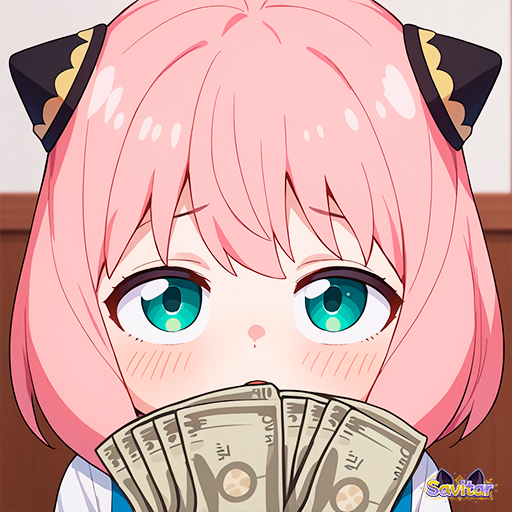🔥Access +100 Characters NSFW Hardcore for just $9.99 Monthly 😈
The Economics of Lolicon
When people think of lolicon, they often jump straight to the moral debates, the legal grey areas, or the cultural shock factor. But what about the money? Behind every genre, no matter how controversial, there’s usually an economic engine driving its production, distribution, and consumption.
LOLI
Savitar
9/6/20243 min read


When people think of lolicon, they often jump straight to the moral debates, the legal grey areas, or the cultural shock factor. But what about the money? Behind every genre, no matter how controversial, there’s usually an economic engine driving its production, distribution, and consumption. Lolicon, for better or worse, is no exception. So, how does this controversial market actually function?
Supply and Demand: It’s All About the Audience
Let’s start with the basics: supply and demand. Lolicon may be niche, but it has a dedicated fanbase, and that fanbase spends money. Whether it’s through buying manga, anime, or even merchandise, there’s an entire economy built around catering to these specific tastes. As long as there’s demand, creators will continue to produce it.
What’s interesting is how much of this demand comes from online spaces. The internet has become the primary marketplace for lolicon content, allowing fans from all over the world to access and buy products. Without the internet, this genre likely wouldn’t have the global reach it does today.
The Creators: Risk and Reward
For creators of lolicon content, it’s a bit of a gamble. On one hand, producing something that’s controversial can be financially rewarding, especially in niche markets where there’s less competition. On the other hand, these creators often face legal risks depending on where they live, and social backlash is always a possibility.
However, the potential financial rewards can be hard to ignore. Many creators self-publish their works through platforms that cater specifically to niche genres, allowing them to retain more of the profits. In Japan, where lolicon originated, some creators even sell their work at conventions like Comiket, which attracts thousands of fans and has become a significant part of the lolicon economy.
The Platforms: Walking a Tightrope
Online platforms that host and distribute lolicon content are in a tricky spot. They want to tap into the market and make money, but they also don’t want to attract too much legal attention. Some platforms ban lolicon outright due to legal risks, while others allow it but put it behind strict age-verification systems to avoid any legal trouble.
In Japan, where the genre is more tolerated, platforms are less restrictive. However, in countries with stricter laws, platforms often take a “better safe than sorry” approach, cutting off entire markets to avoid potential lawsuits. Even so, platforms that do allow lolicon content can make a tidy profit, as they’re catering to a devoted, paying audience.
Legal Restrictions: A Barrier to Growth?
One of the biggest factors that influence the lolicon market is, unsurprisingly, the law. In countries like Australia, Canada, and the UK, lolicon is often treated as illegal due to its depiction of minors in sexual contexts, even if they’re fictional. This creates a barrier for international growth, limiting the number of platforms and distributors willing to sell lolicon content.
However, in places like Japan and some parts of the U.S., lolicon operates in a legal grey area. While real child exploitation is, of course, illegal, many argue that lolicon—being purely fictional—should be protected under freedom of expression laws. This allows the market to thrive in certain regions, even as it faces harsh restrictions in others.
The Global Market: Underground but Lucrative
Despite the legal challenges, the lolicon market remains surprisingly lucrative, especially online. It’s not uncommon for fans to import material from countries where lolicon is more accepted, creating an underground economy where fans use proxies or VPNs to access restricted content.
This underground nature actually adds a certain appeal for some fans. Being part of a niche or "forbidden" market can create a sense of exclusivity, which in turn drives more people to seek out the content. This isn’t a unique phenomenon—plenty of controversial media has thrived precisely because it was seen as taboo.
The Future of the Lolicon Market
So, where is all of this heading? With legal pressures increasing in many countries, it’s hard to predict whether lolicon will become more restricted or if it will continue to find ways to exist in the market. However, what’s clear is that the demand isn’t going anywhere, and as long as people are willing to pay for it, lolicon will continue to be a part of the global economy.
The market may not be as open or mainstream as other genres, but it has proven to be remarkably resilient. Whether it’s through self-publishing, online platforms, or underground channels, the economics of lolicon is a fascinating example of how even the most controversial content can thrive when there’s enough demand.


